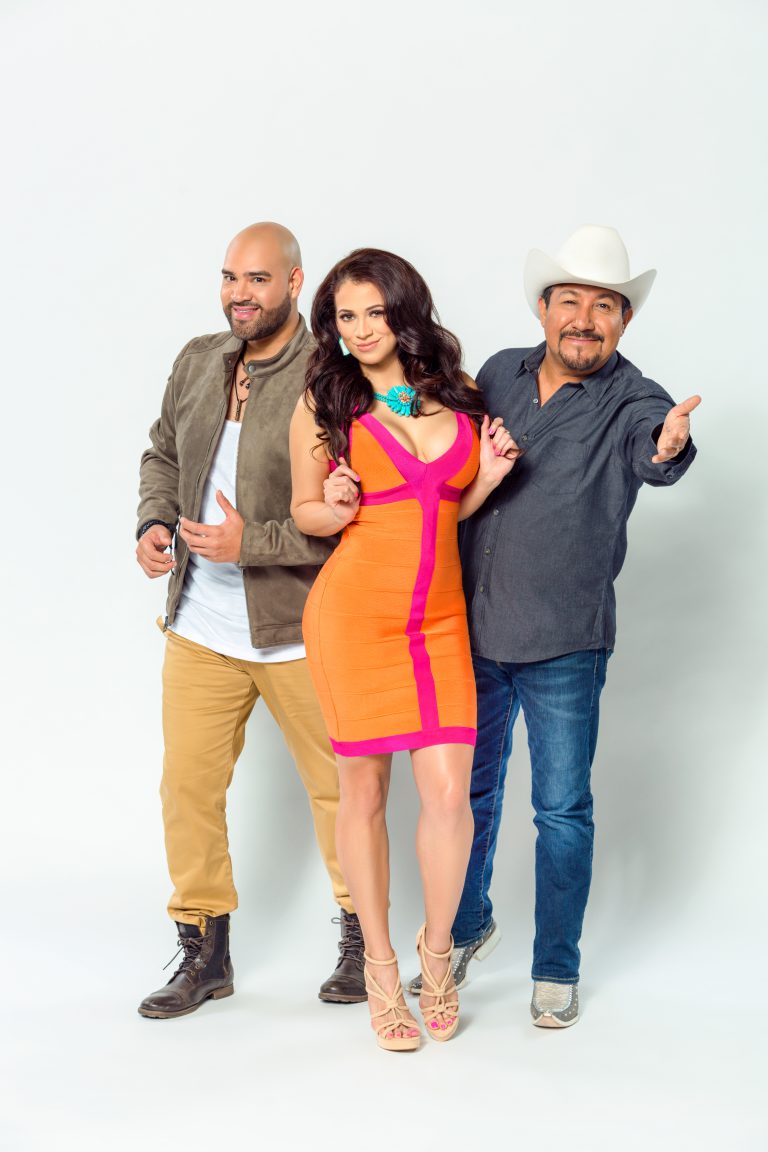There’s a reason why "The Good, the Bad, and the Ugly" has remained one of the most iconic films in cinematic history. Released in 1966, this classic Western directed by Sergio Leone continues to captivate audiences worldwide with its gripping storyline, unforgettable characters, and Ennio Morricone’s legendary score. If you're a fan of Westerns or simply appreciate timeless cinema, this film is a must-watch.
As one of the most celebrated movies of all time, "The Good, the Bad, and the Ugly" offers a unique blend of adventure, drama, and suspense. The film follows three distinct characters—Blondie (The Good), Angel Eyes (The Bad), and Tuco (The Ugly)—as they navigate the chaos of the American Civil War while pursuing a shared goal: finding a treasure chest filled with gold.
This article will delve into the intricacy of the film's plot, its characters, its cultural impact, and the reasons behind its enduring legacy. Whether you're a cinephile, a history buff, or just curious about this cinematic masterpiece, this in-depth analysis will provide you with everything you need to know about "The Good, the Bad, and the Ugly."
Read also:Stephanie Collier Unveiling The Remarkable Journey Of A Visionary Leader
Table of Contents
- Introduction
- The Plot: Unveiling the Story
- Characters: The Good, the Bad, and the Ugly
- Sergio Leone's Directorial Style
- The Role of Music in the Film
- Historical Context: The American Civil War
- Cinematography: A Visual Masterpiece
- Cultural Impact and Legacy
- Awards and Recognition
- FAQs About the Film
- Conclusion
The Plot: Unveiling the Story
The plot of "The Good, the Bad, and the Ugly" revolves around three central characters who find themselves entangled in a high-stakes quest for gold during the American Civil War. The film begins with Tuco (Eli Wallach), a cunning outlaw, escaping from bounty hunters. Meanwhile, Blondie (Clint Eastwood), a mysterious gunslinger, captures Tuco to collect the bounty on his head but releases him afterward, setting the stage for their complicated partnership.
As the story unfolds, the two encounter Angel Eyes (Lee Van Cleef), a ruthless mercenary who will stop at nothing to achieve his goals. The trio becomes embroiled in a dangerous game of cat and mouse, driven by the promise of wealth hidden in a grave at a cemetery. Their journey takes them through battlefields, prisons, and other perilous locations, testing their wits, courage, and morality.
Key Plot Points
- Tuco and Blondie's cyclical relationship of betrayal and cooperation.
- The introduction of Angel Eyes and his sinister motives.
- The search for the treasure buried in a cemetery.
Characters: The Good, the Bad, and the Ugly
At the heart of the film are its three memorable protagonists, each representing a different archetype:
Blondie: The Good
Blondie, portrayed by Clint Eastwood, is the film's protagonist. Despite his reputation as a gunslinger, he exhibits a sense of honor and morality, often standing up for what is right. His relationship with Tuco is complex, oscillating between friendship and rivalry.
Angel Eyes: The Bad
Angel Eyes, played by Lee Van Cleef, embodies the epitome of villainy. Ruthless and calculating, he will resort to any means necessary to achieve his objectives, making him one of the most terrifying antagonists in film history.
Tuco: The Ugly
Tuco, portrayed by Eli Wallach, is the film's comic relief and moral wildcard. His resourcefulness and cunning nature make him a formidable ally or foe, depending on the situation.
Read also:Angela Aguilar The Rising Star Redefining Latin Music
Sergio Leone's Directorial Style
Sergio Leone's influence on the Western genre cannot be overstated. His use of wide shots, close-ups, and unconventional pacing created a distinctive visual style that set "The Good, the Bad, and the Ugly" apart from other films of its time. Leone's attention to detail and his ability to convey emotion through silence and music elevated the film to new heights.
One of Leone's trademarks is the "Italian Western" or "Spaghetti Western" style, which blends traditional Western themes with Italian cinematic techniques. This approach resonated with global audiences, establishing Leone as a pioneer in the genre.
The Role of Music in the Film
Ennio Morricone's score is one of the most celebrated aspects of "The Good, the Bad, and the Ugly." The hauntingly beautiful main theme, featuring a whistling melody, has become synonymous with the film itself. Morricone's music not only enhances the emotional depth of the scenes but also serves as a character in its own right, guiding the audience through the film's highs and lows.
Research by the British Film Institute highlights the significance of Morricone's contribution, stating that his compositions have "defined the sound of the Western genre for generations."
Historical Context: The American Civil War
Set against the backdrop of the American Civil War, "The Good, the Bad, and the Ugly" uses this historical period to explore themes of chaos, survival, and morality. While the film takes creative liberties with its portrayal of the war, it effectively captures the sense of confusion and destruction that characterized the era.
According to historian James McPherson, the Civil War was a pivotal moment in American history, shaping the nation's identity and values. Leone's decision to incorporate this context adds layers of complexity to the narrative, making it more than just a simple treasure hunt.
Cinematography: A Visual Masterpiece
The cinematography of "The Good, the Bad, and the Ugly" is nothing short of breathtaking. Shot on location in Spain and Italy, the film's sweeping landscapes and rugged terrain provide the perfect setting for its dramatic story. Director of Photography Tonino Delli Colli's use of natural lighting and innovative camera angles enhances the film's authenticity and visual appeal.
Studies conducted by film scholars reveal that Leone's collaboration with Delli Colli resulted in some of the most iconic images in cinema history, solidifying the film's place in the pantheon of great Westerns.
Cultural Impact and Legacy
"The Good, the Bad, and the Ugly" has left an indelible mark on popular culture. Its influence can be seen in countless films, television shows, and even video games that draw inspiration from its themes and aesthetics. The film's exploration of morality, greed, and human nature continues to resonate with audiences across generations.
Furthermore, the film's success paved the way for other Italian directors to gain international recognition, contributing to a renaissance in world cinema during the 1960s and 1970s.
Awards and Recognition
Despite its initial lukewarm reception in some markets, "The Good, the Bad, and the Ugly" has since garnered numerous accolades and honors. It was nominated for several awards, including the Golden Globe for Best Original Score. In 2009, the film was inducted into the National Film Registry by the Library of Congress for its cultural, historical, and aesthetic significance.
These recognitions underscore the film's importance as a landmark achievement in cinematic artistry.
FAQs About the Film
Who directed "The Good, the Bad, and the Ugly"?
"The Good, the Bad, and the Ugly" was directed by Sergio Leone, an Italian filmmaker renowned for his innovative approach to the Western genre.
What is the film's runtime?
The film runs approximately 178 minutes, offering ample time to develop its intricate plot and rich characterizations.
Is "The Good, the Bad, and the Ugly" based on a true story?
No, the film is a work of fiction, although it incorporates elements of historical events, such as the American Civil War, to enhance its narrative.
Conclusion
In conclusion, "The Good, the Bad, and the Ugly" stands as a testament to the power of storytelling, filmmaking, and music. Its enduring legacy lies in its ability to captivate audiences with its compelling characters, gripping plot, and breathtaking visuals. Whether you're a fan of Westerns or simply appreciate great cinema, this film is a must-see.
We invite you to share your thoughts and experiences in the comments below. Did you enjoy the film? What aspects of it resonated with you the most? Don't forget to explore our other articles for more insights into the world of cinema.


